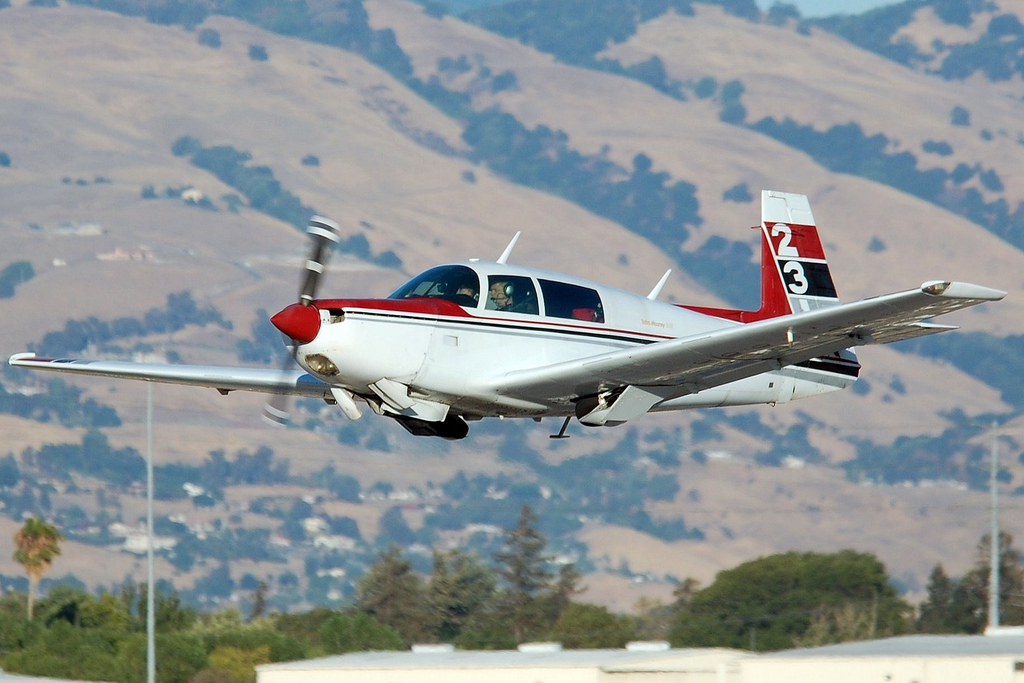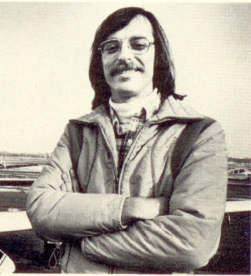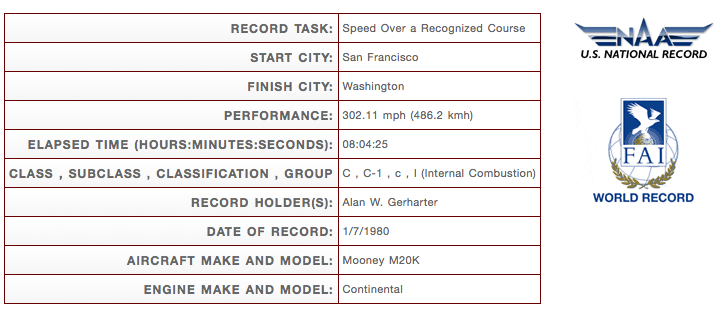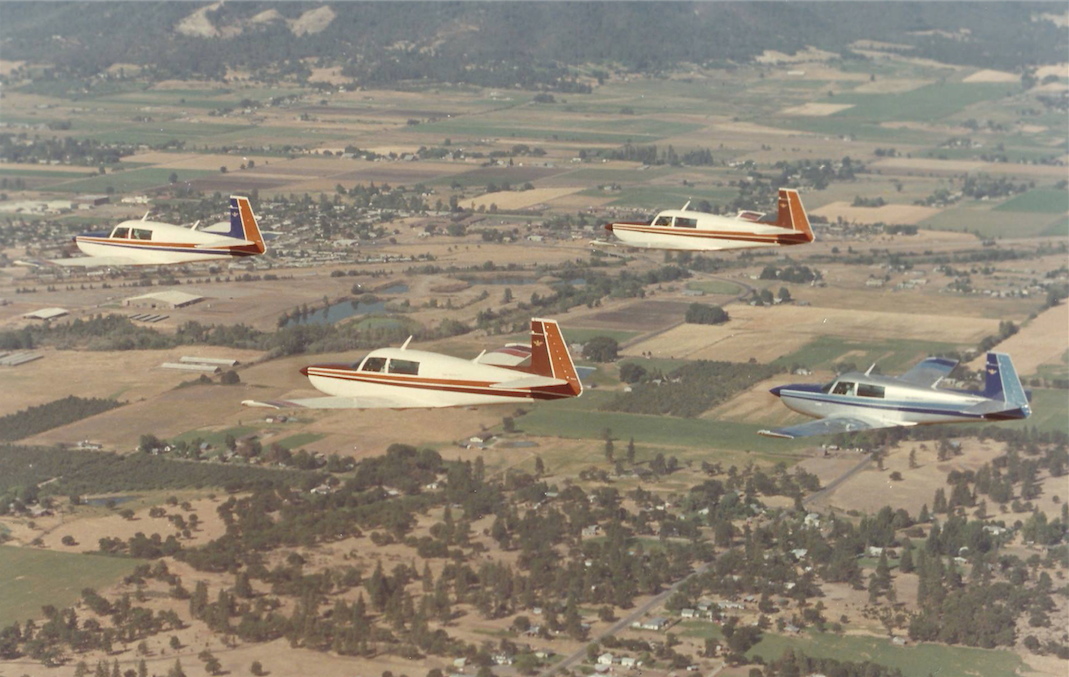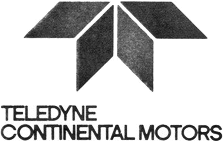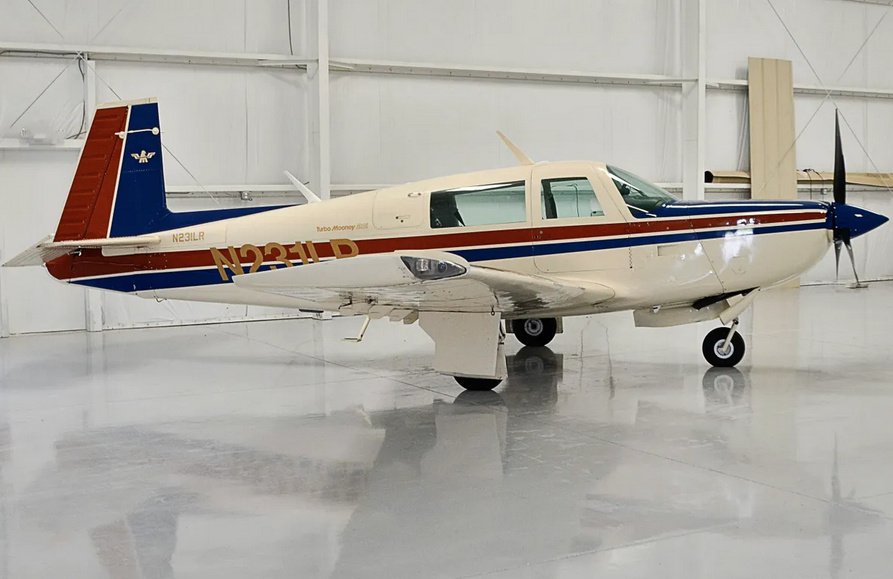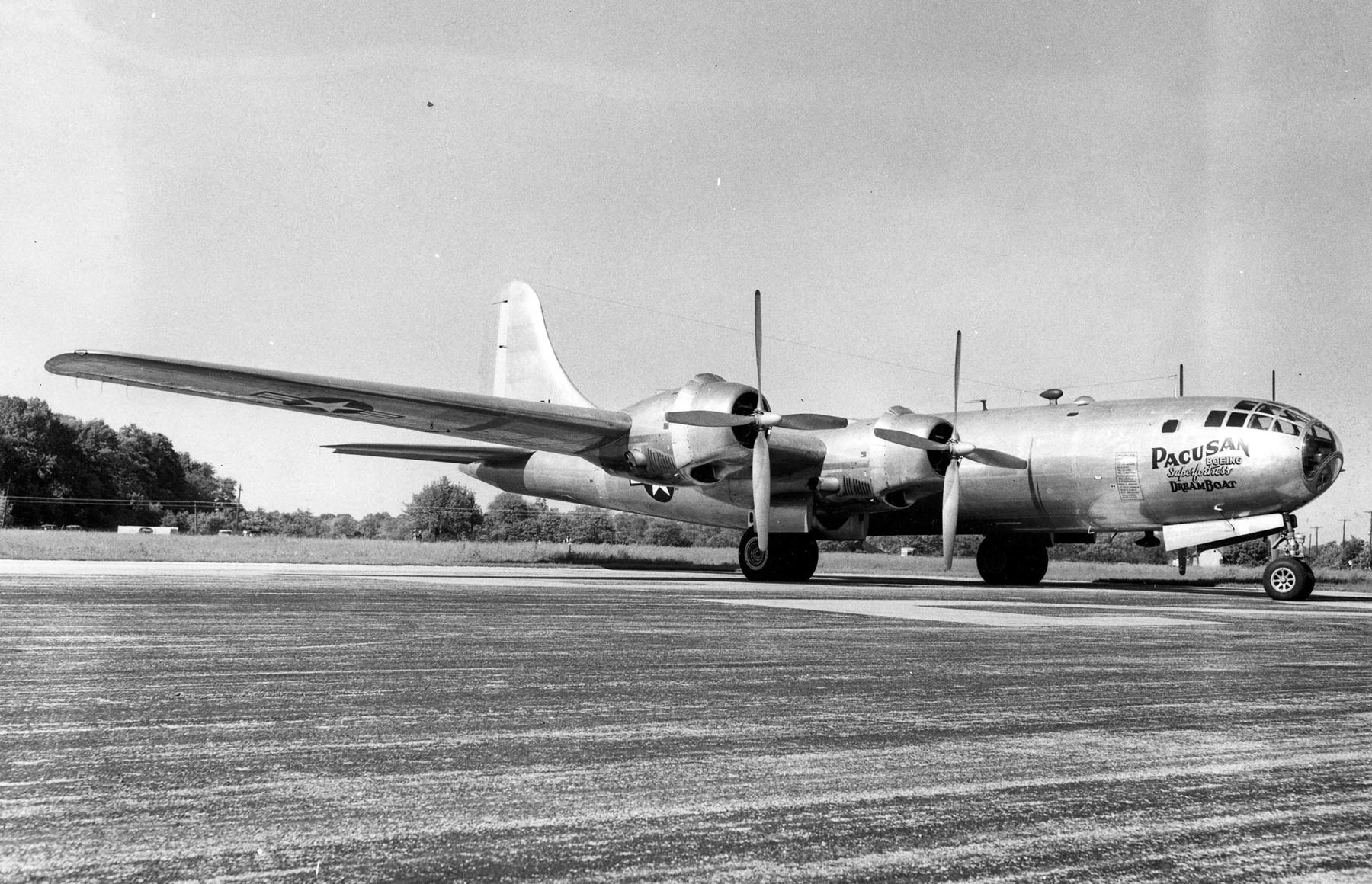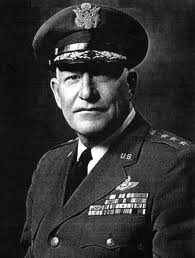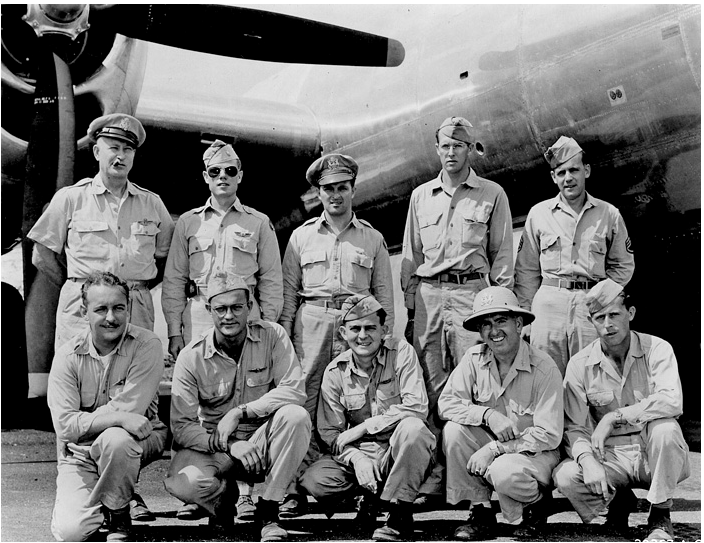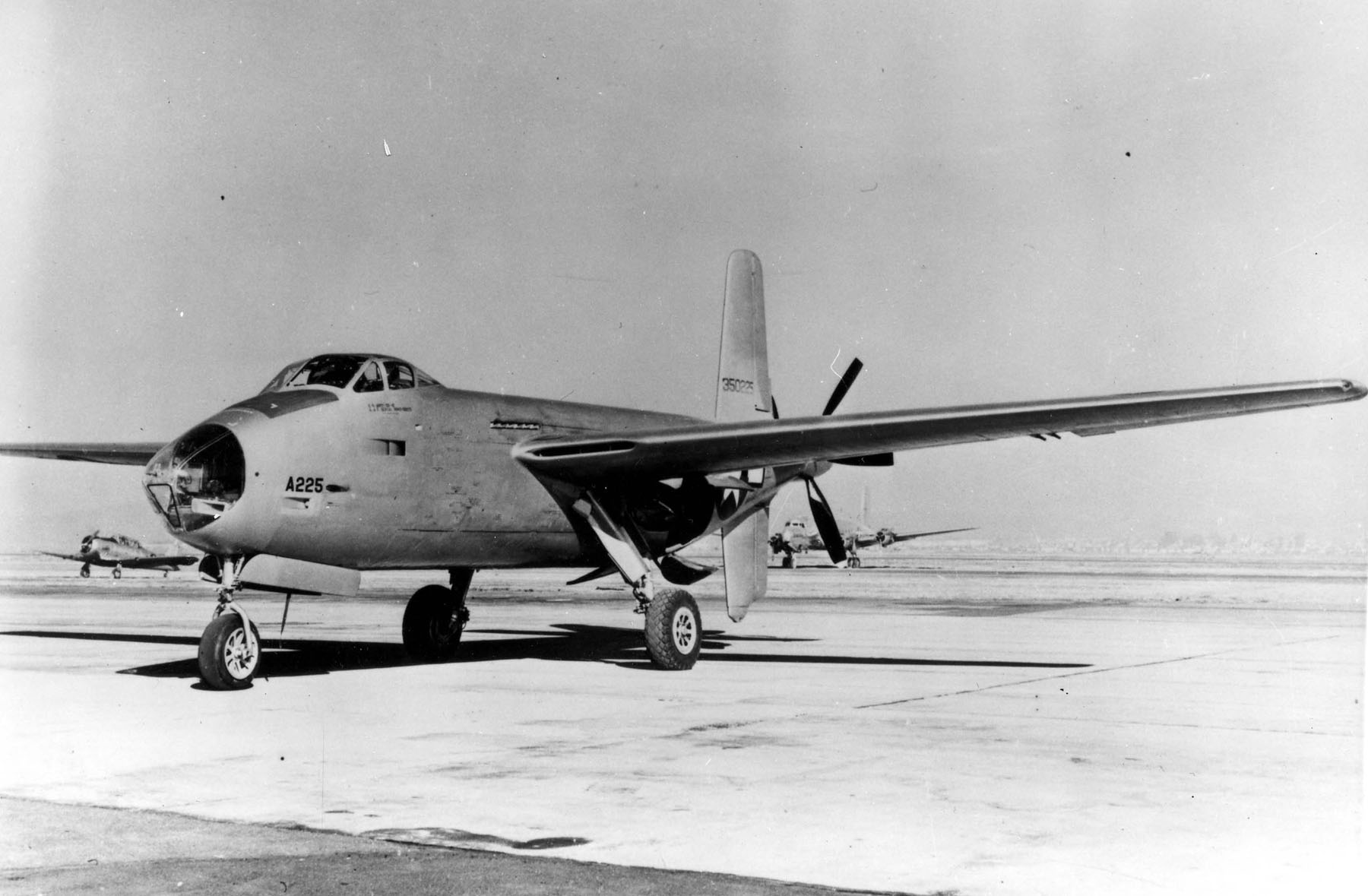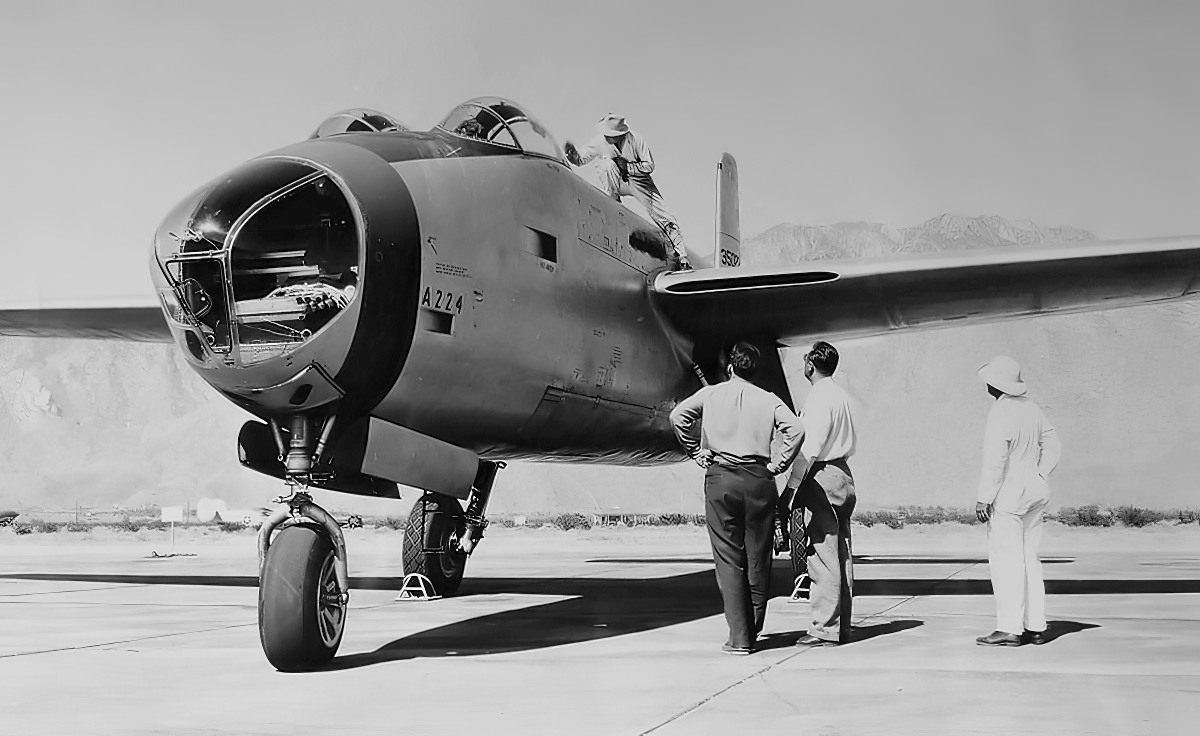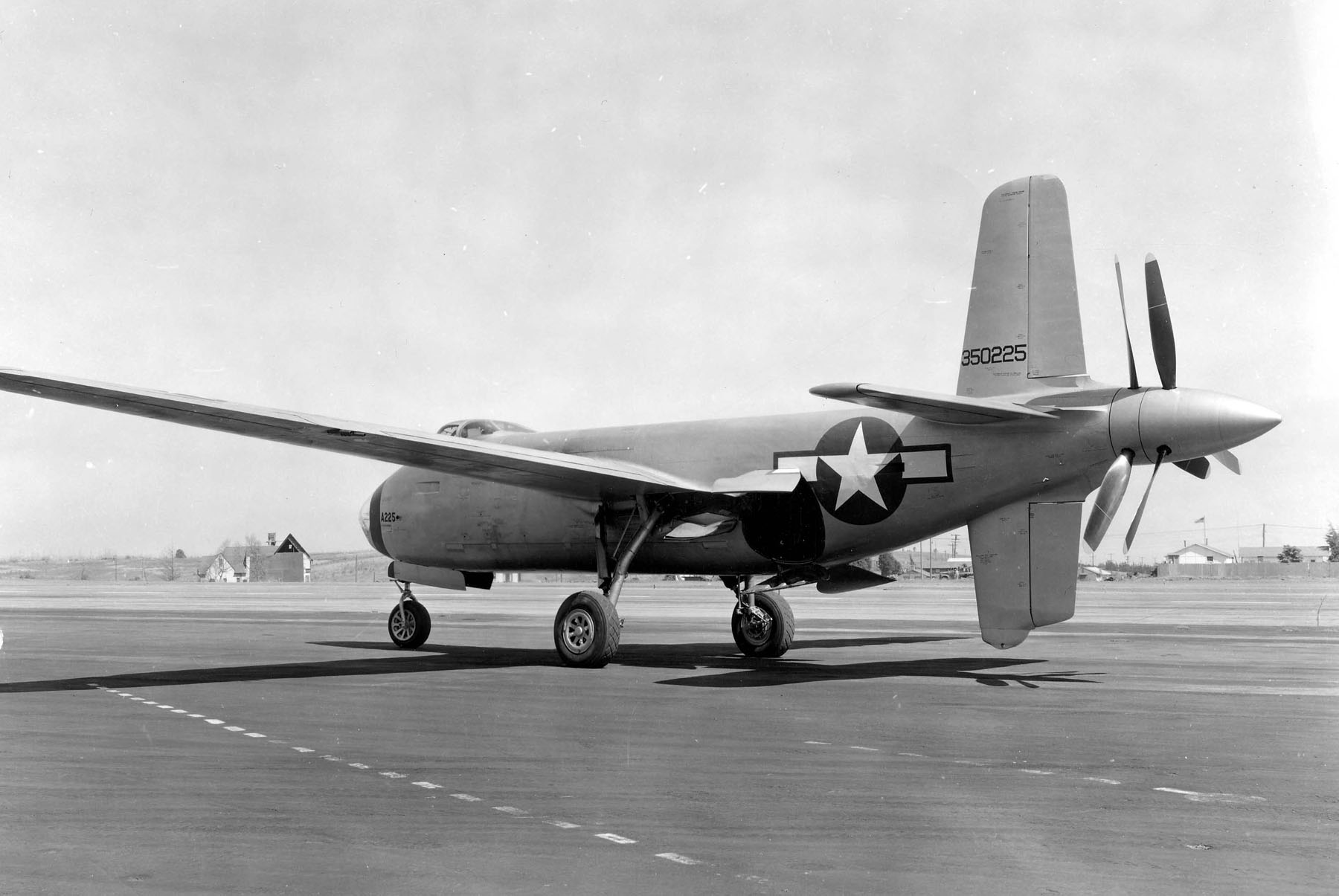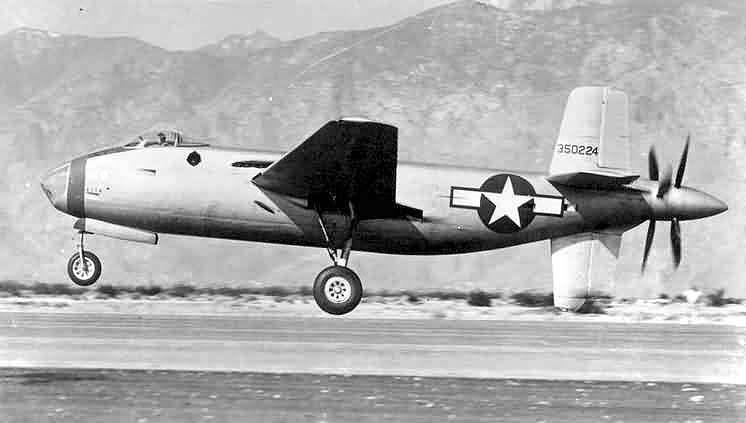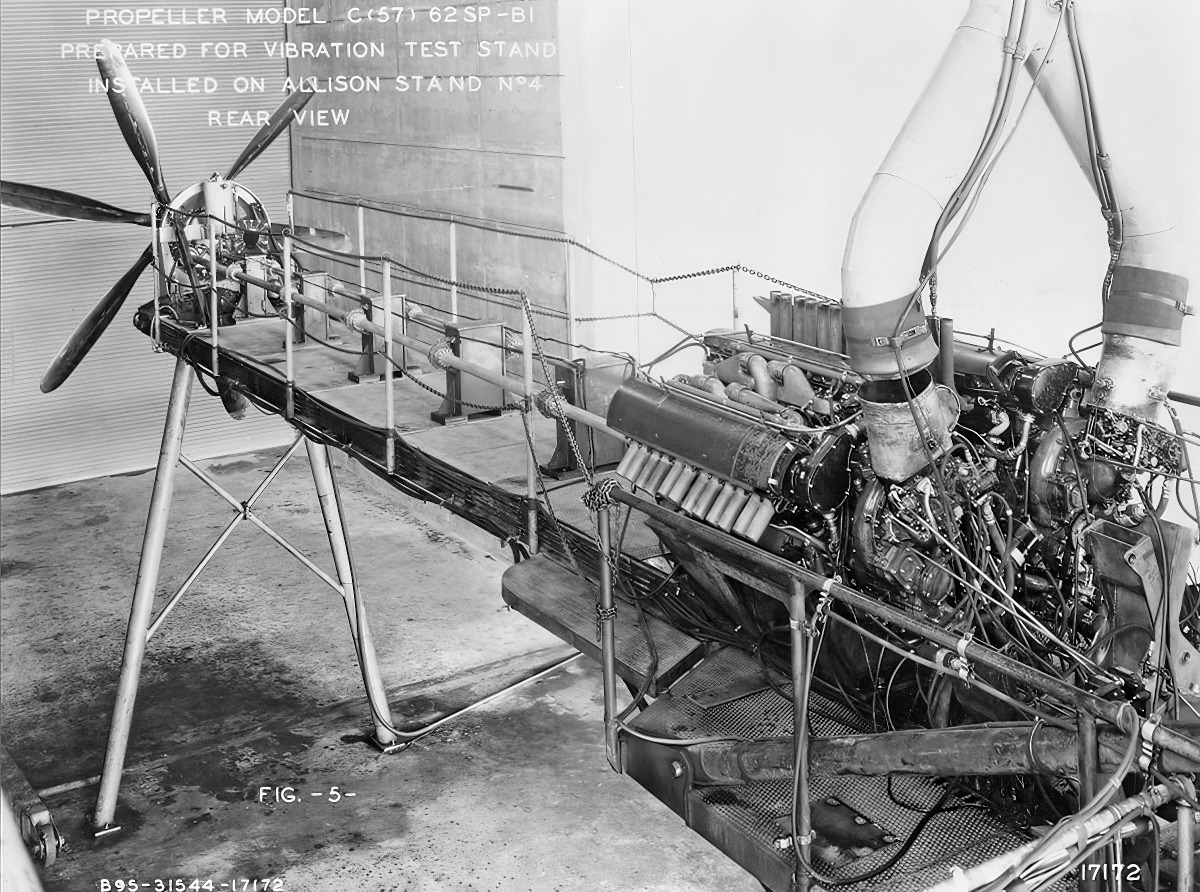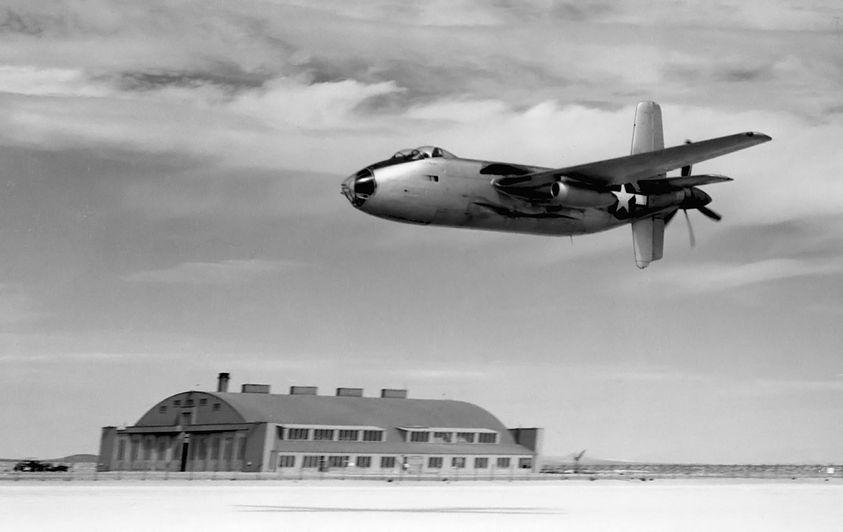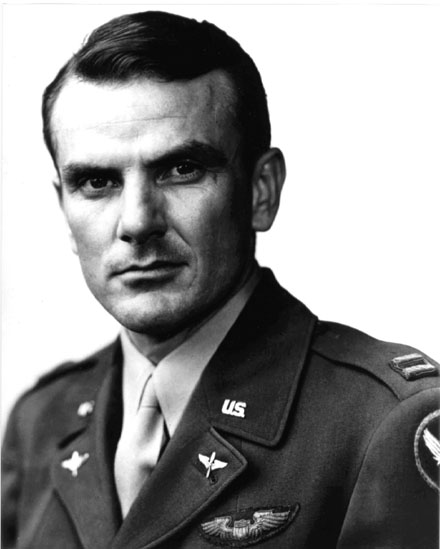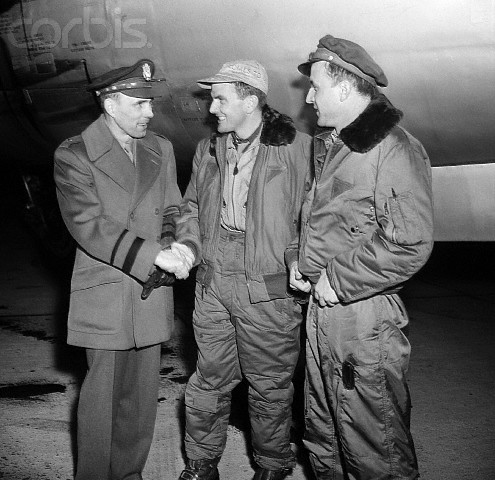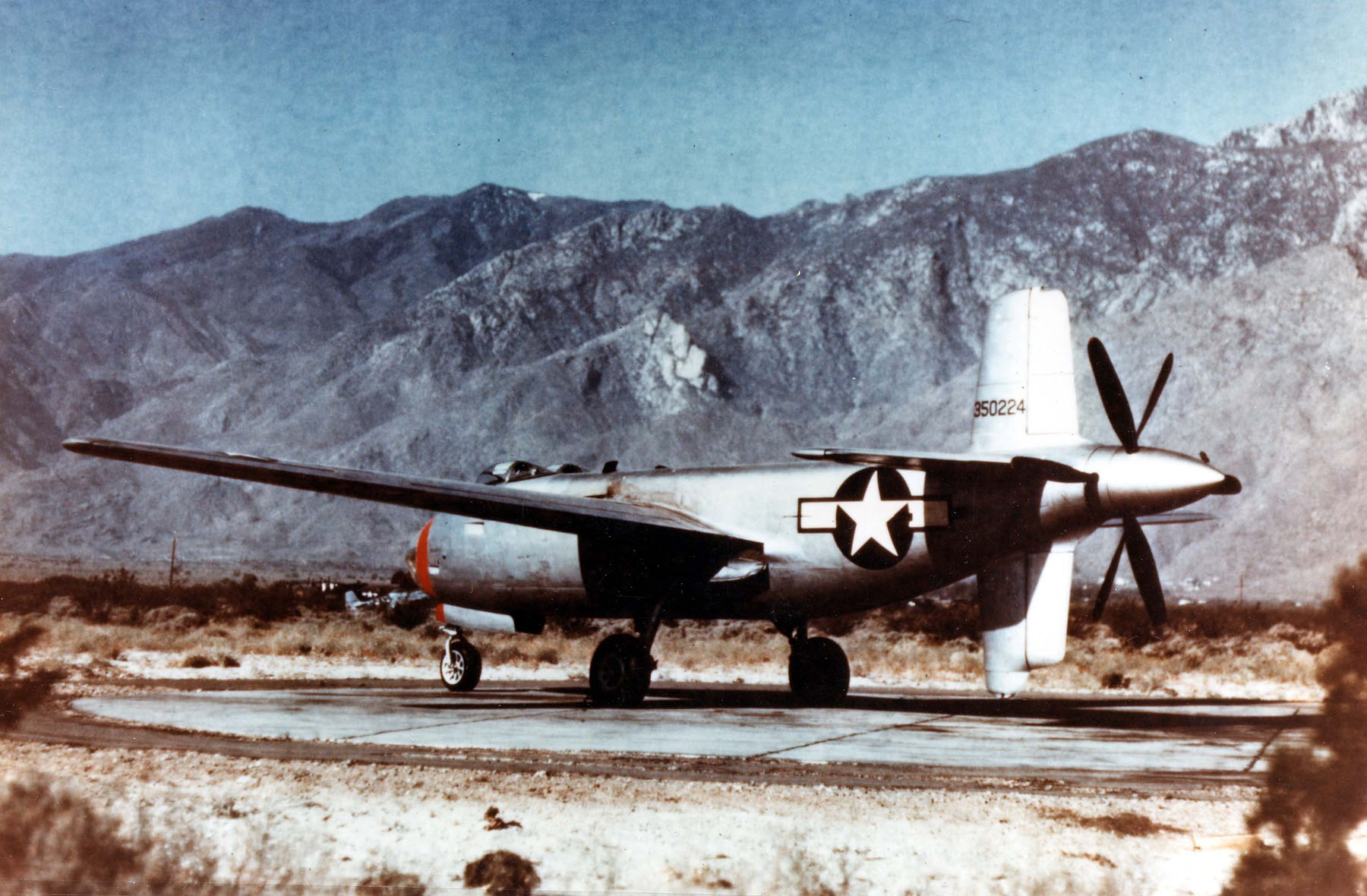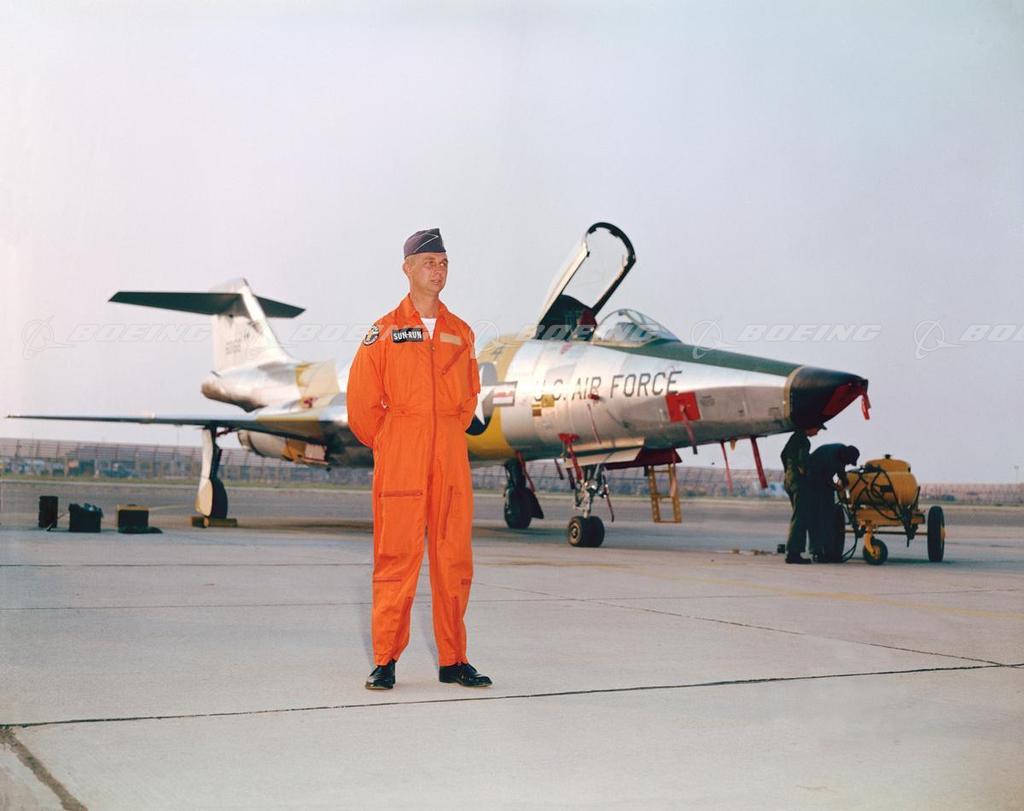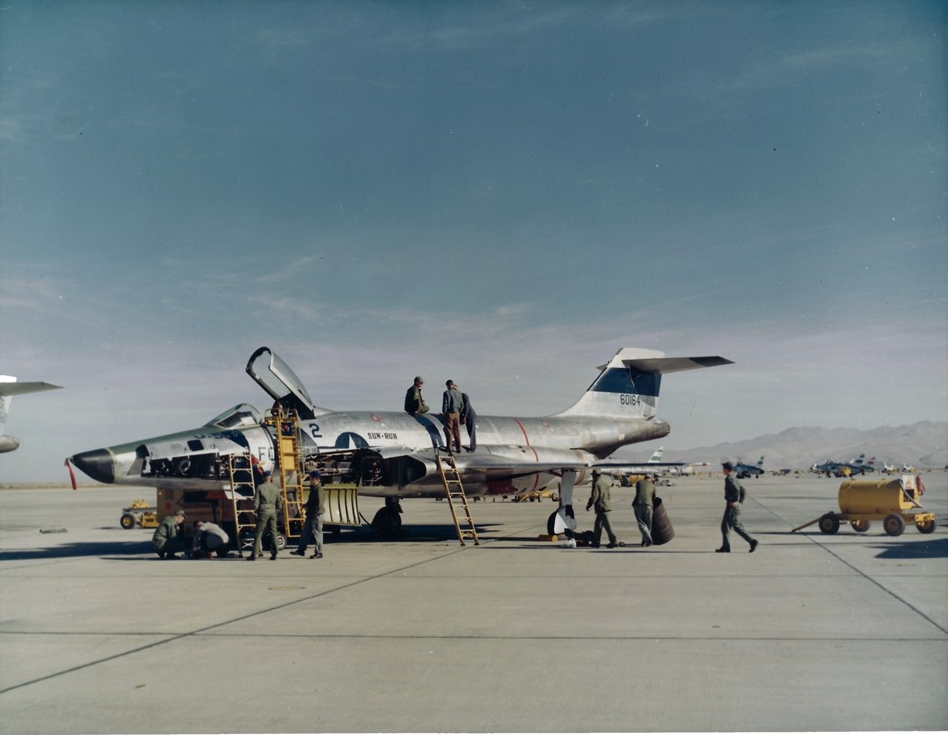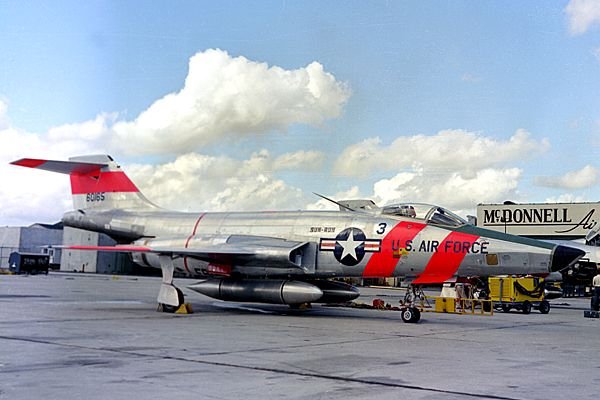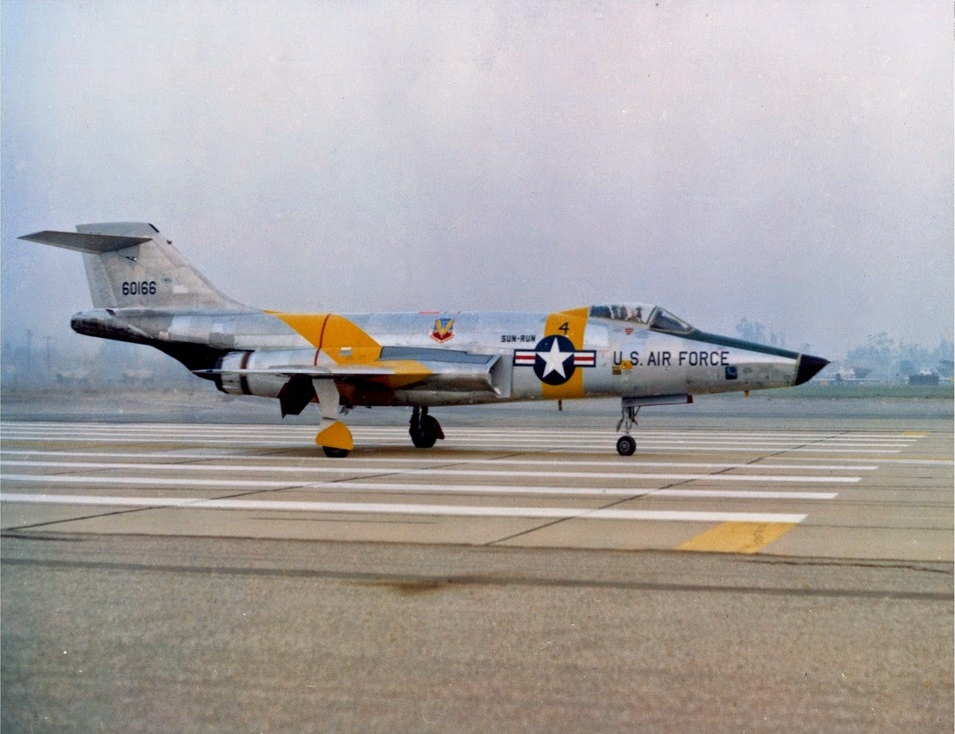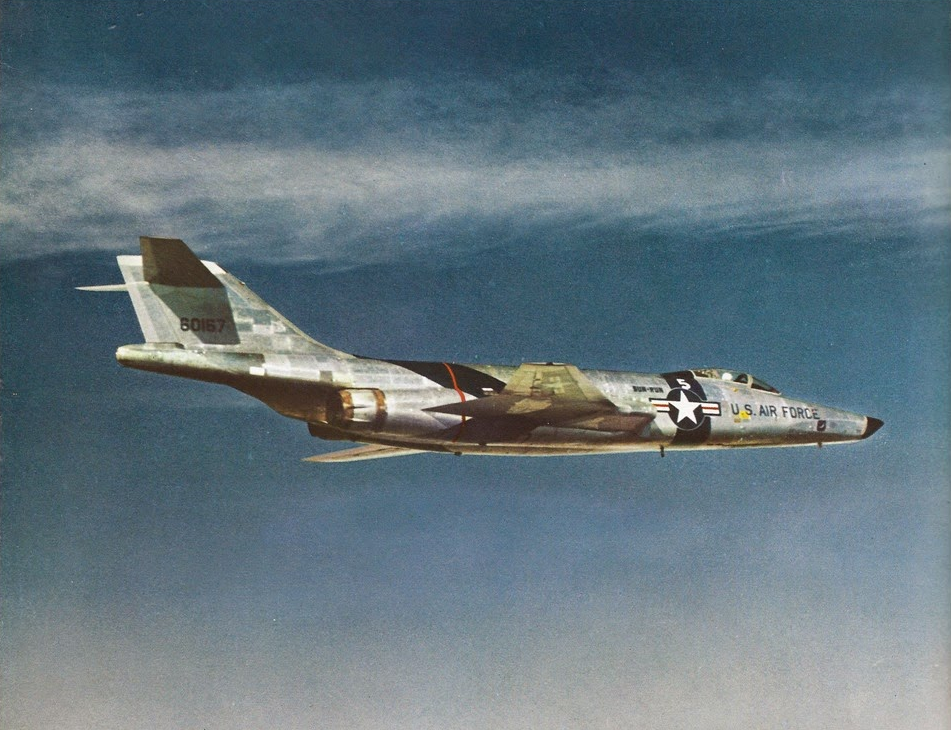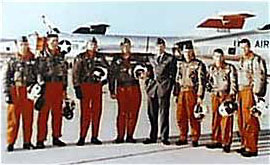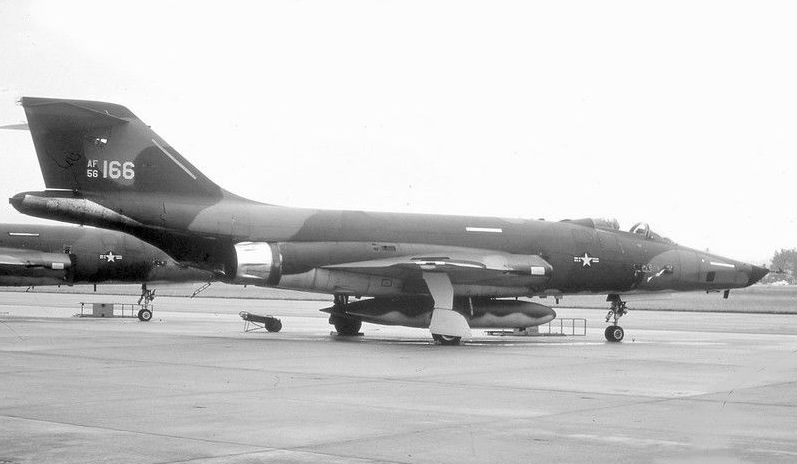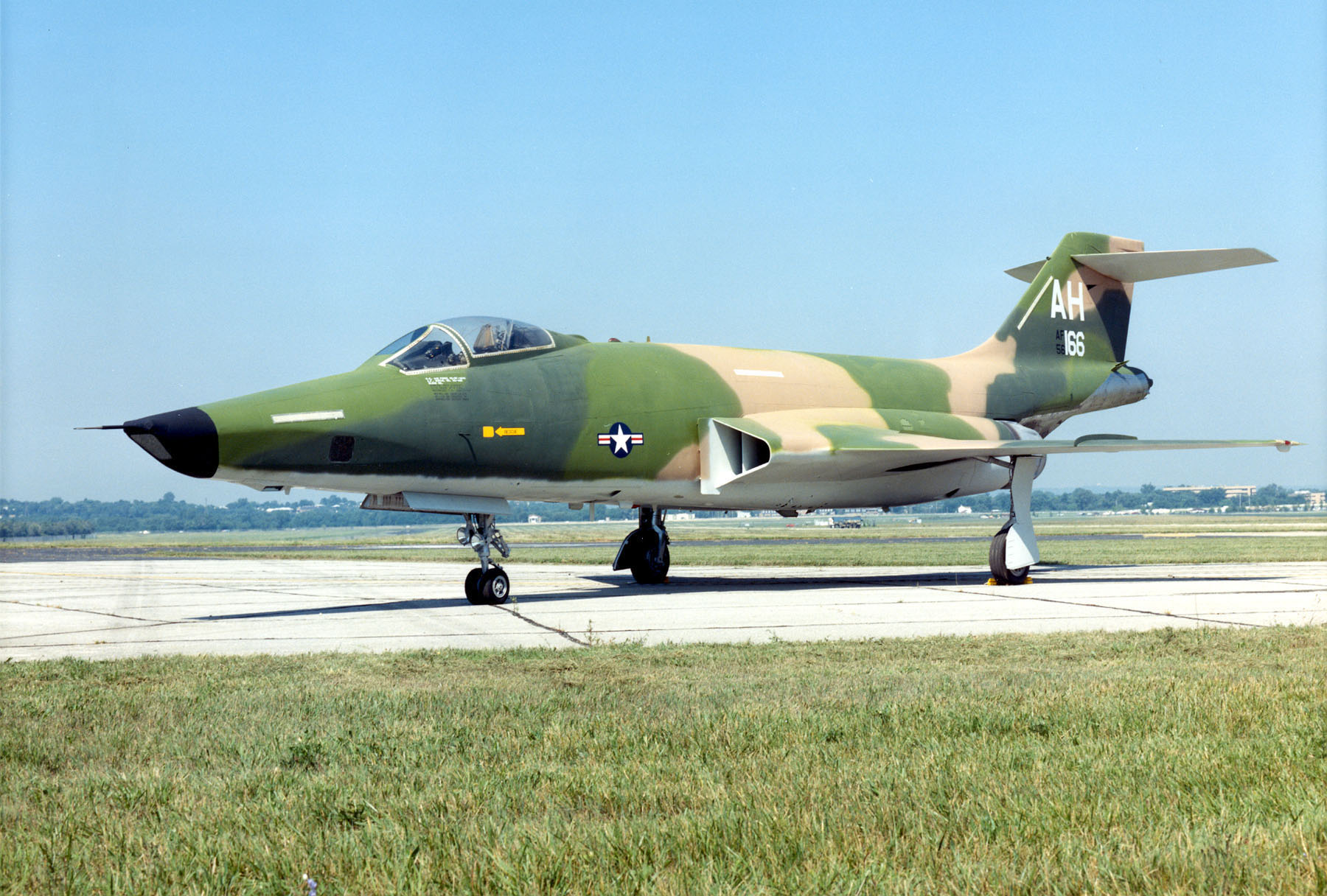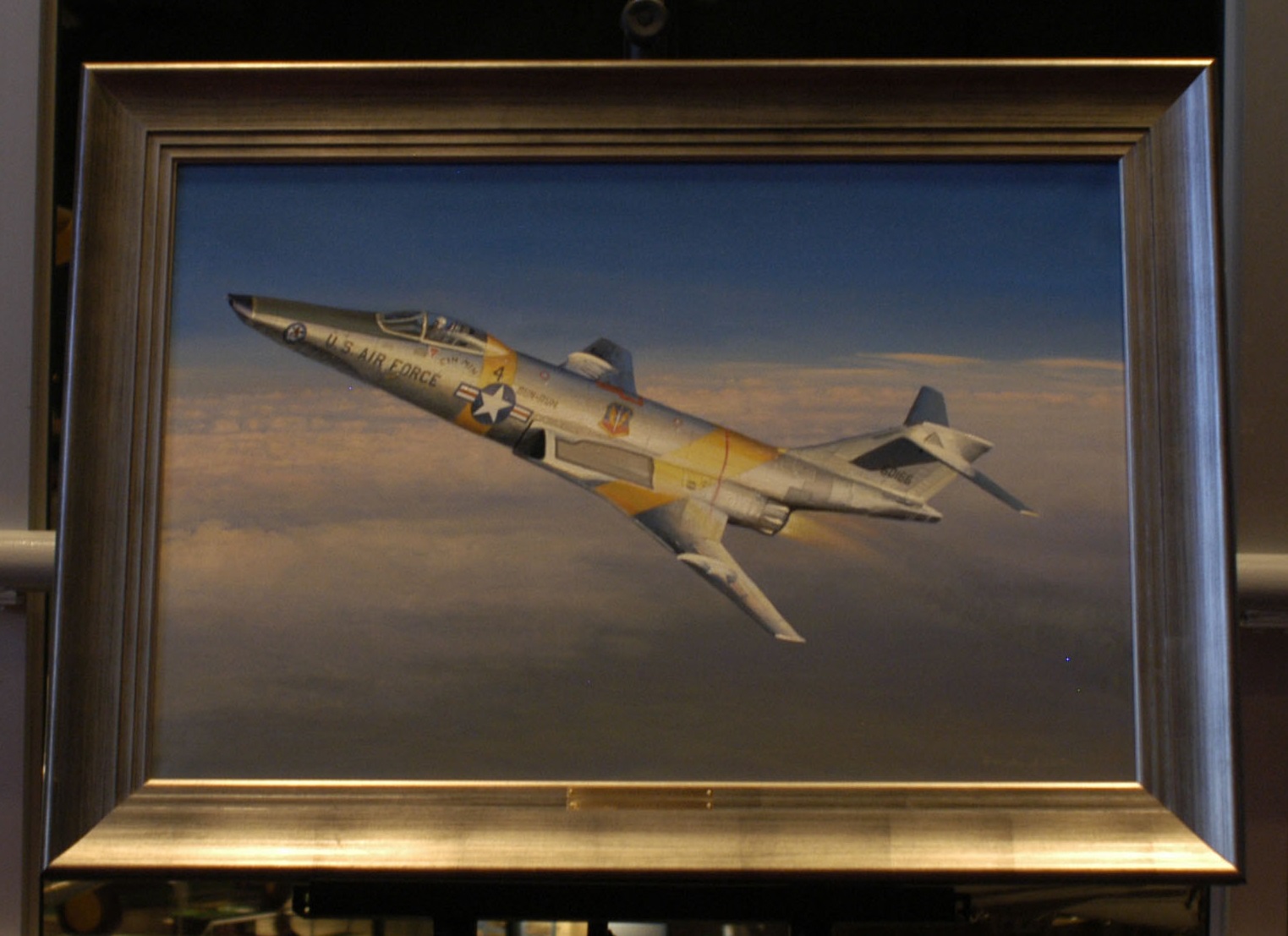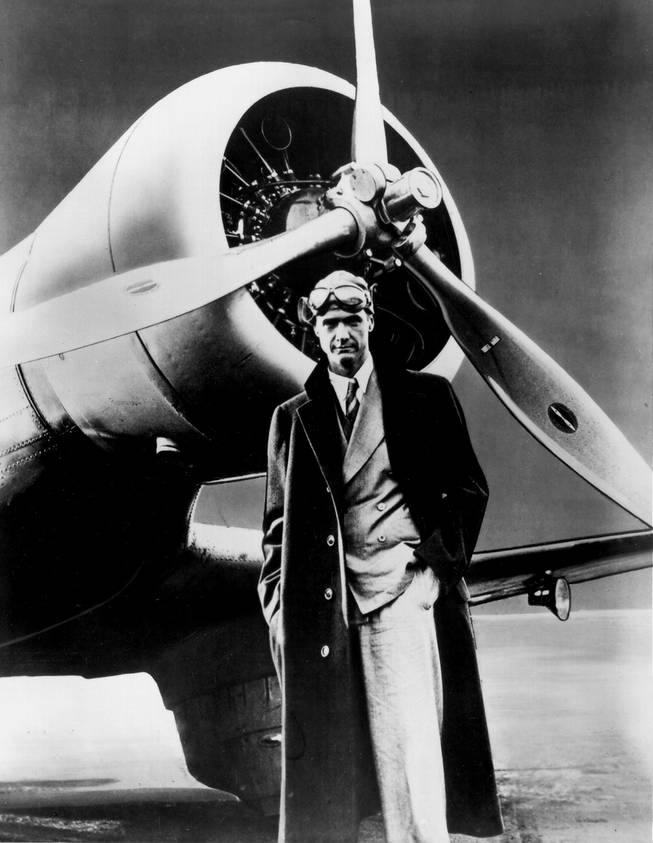

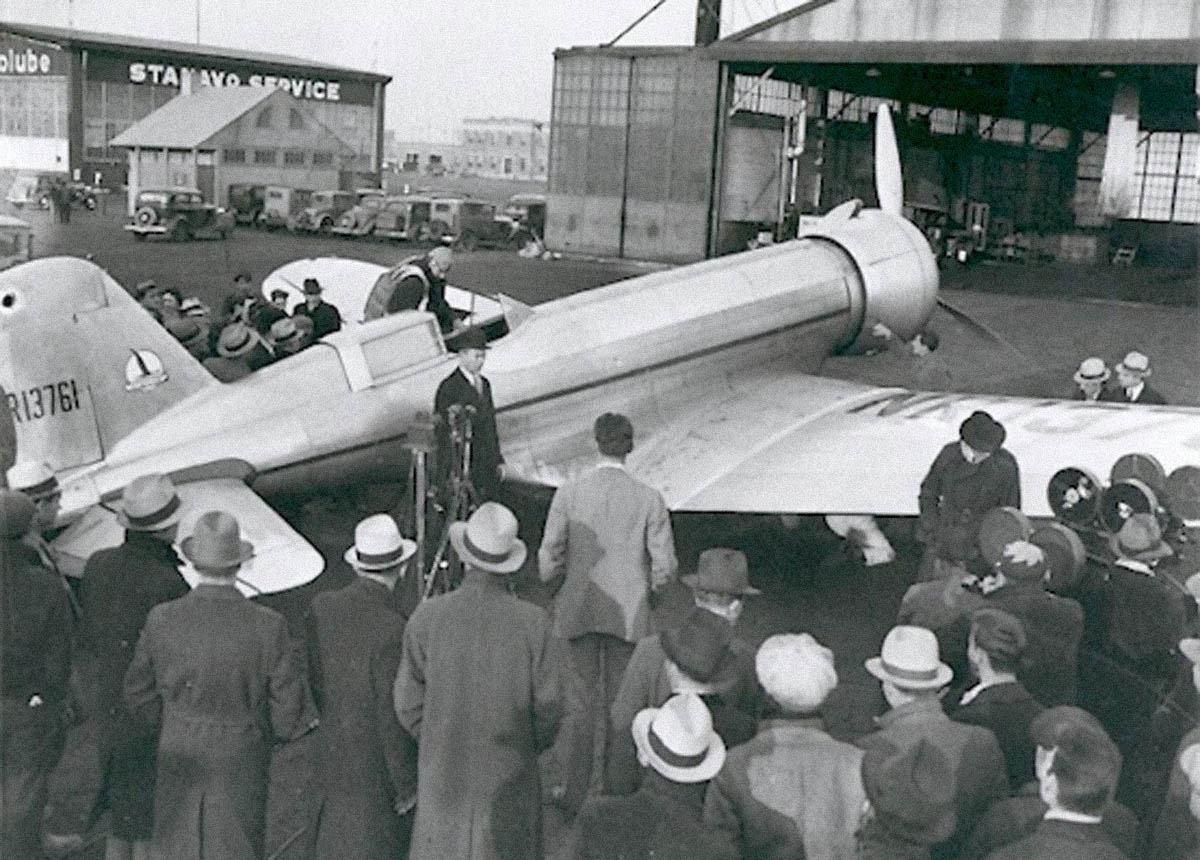
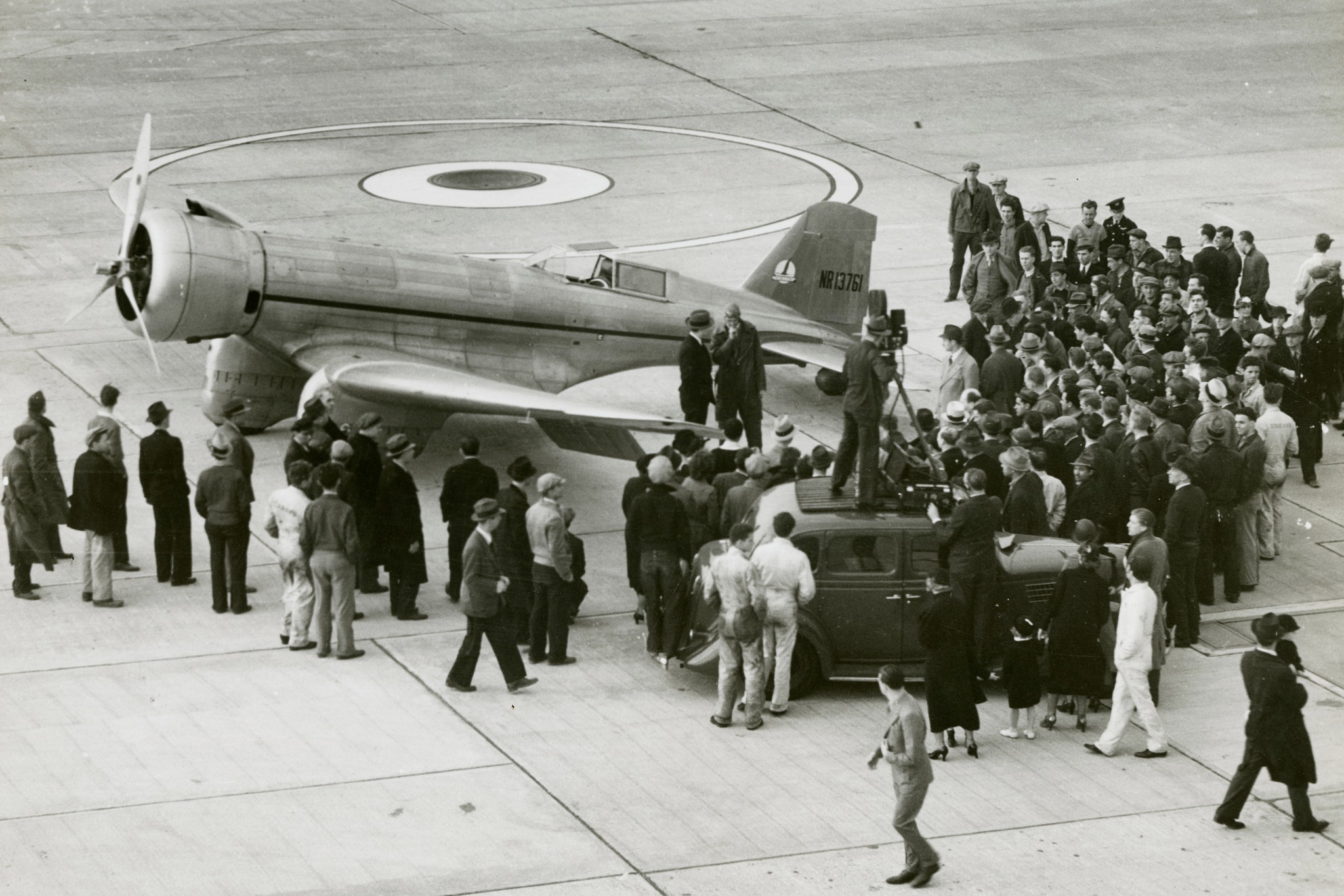
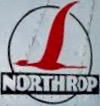
The length of the Gamma varied from 29’10” to 31’0″, depending on engine and cockpit configuration. The wingspan was 48’0″.
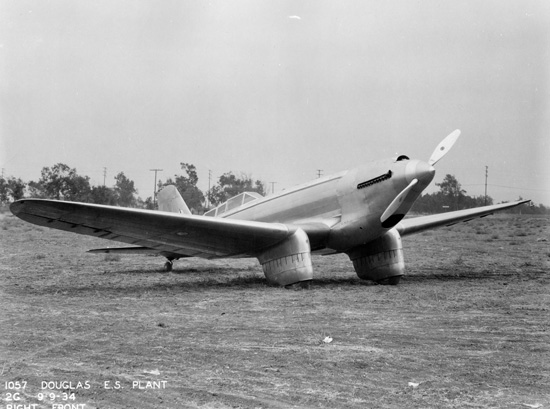
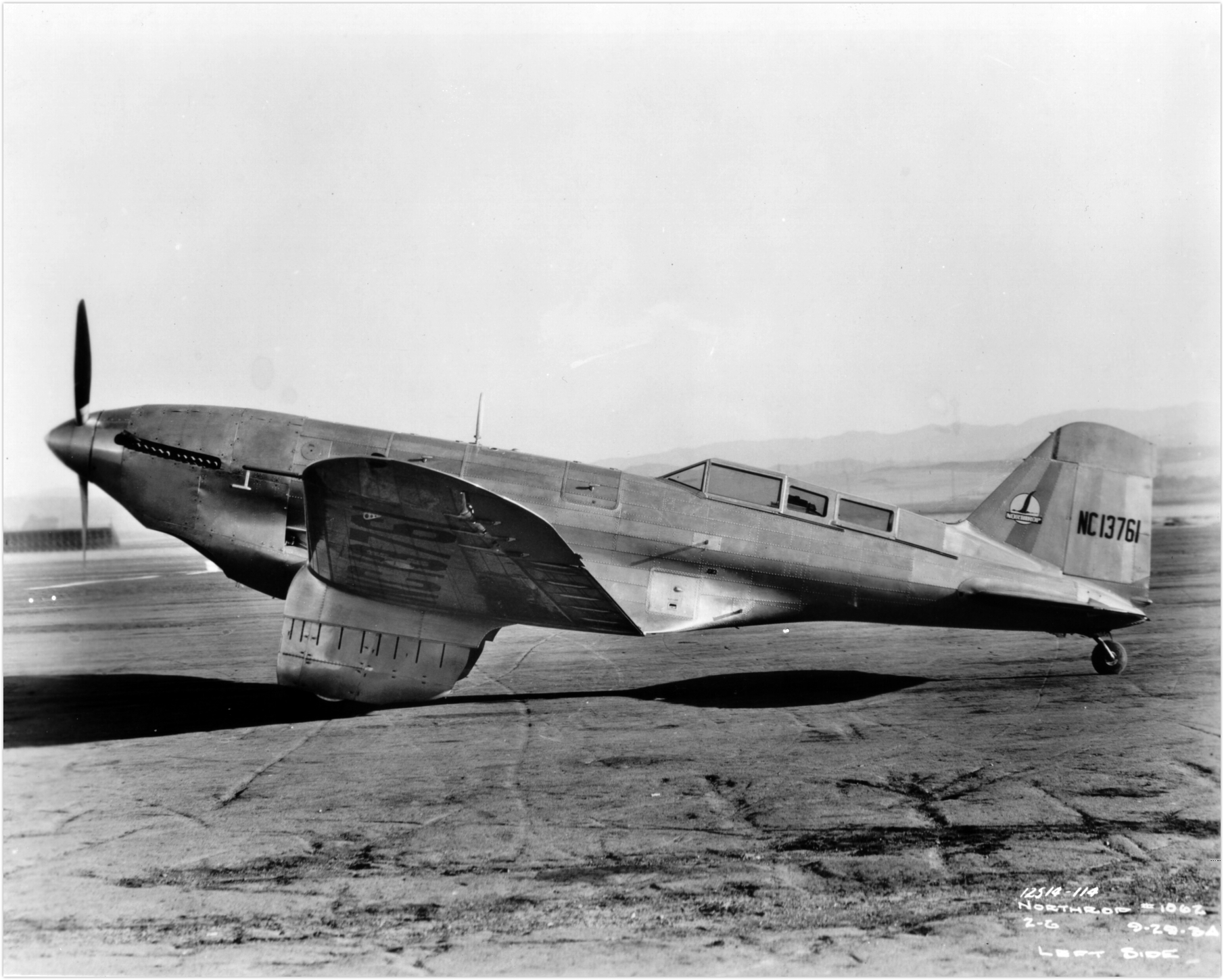
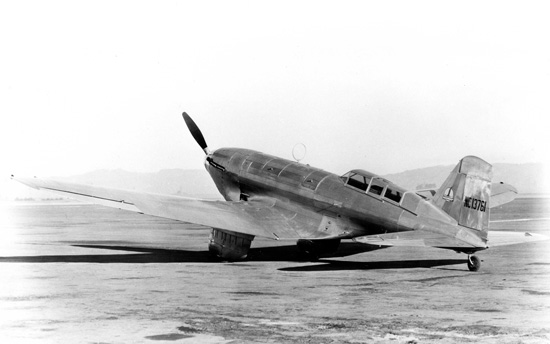
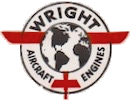
While being ferried to New York by Jackie and her new copilot, Royal Leonard, problems with the engine’s supercharger forced them to land in Arizona. Cochran continued east by airliner while Leonard and a Curtiss-Wright mechanic continued east in the Gamma. Flying on the night of 1 October 1934, a continuing problem with the supercharger forced them to make an off-field landing near Tucumcari, New Mexico, using light from dropped flares. The Gamma was seriously damaged and had to be returned to Northrop for repair.
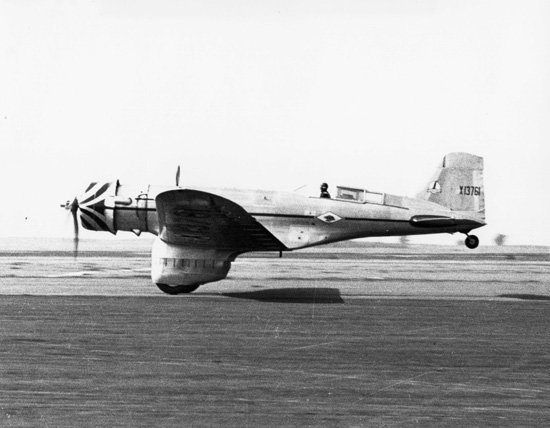
The airplane’s temporary registration was suspended. A section of the wing and the forward lower half of the fuselage were replaced, provisions for installing a Pratt & Whitney radial engine were made, and the rear cockpit was removed. (Cochran’s plans for the MacRobertson Race had to be revised,² so she had the airplane modified for the Bendix Trophy Race.) The repairs and modifications were completed 30 November 1934.
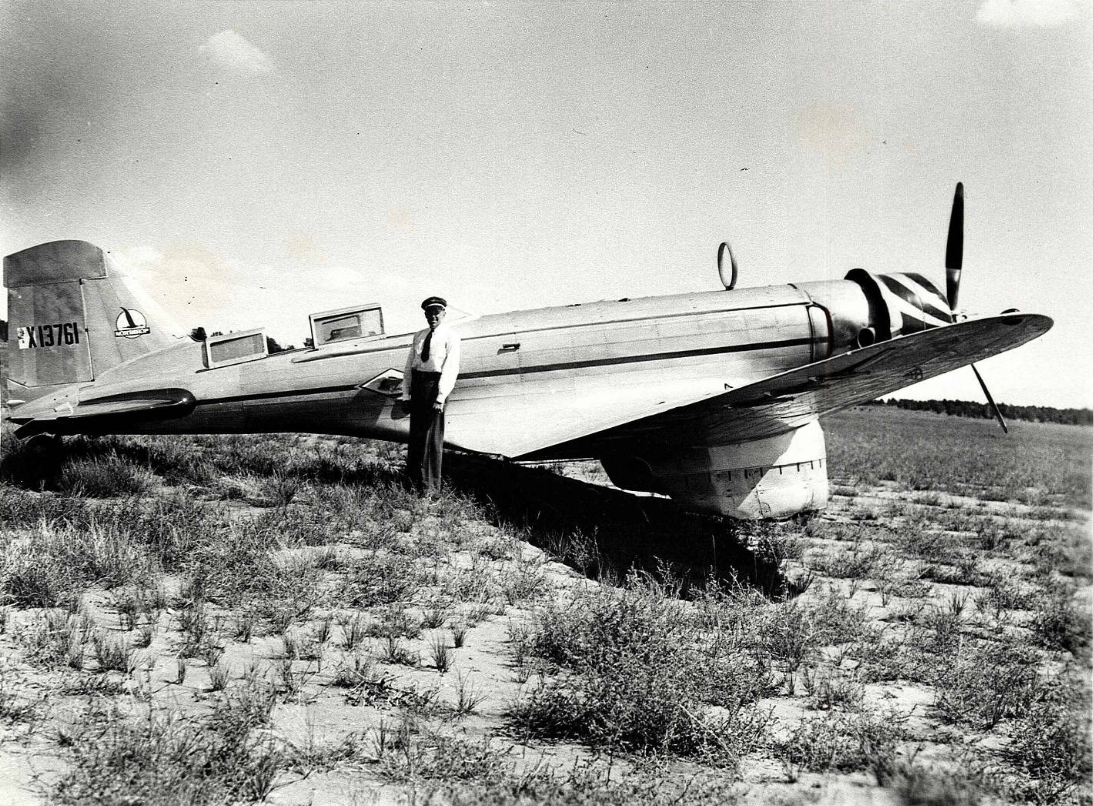
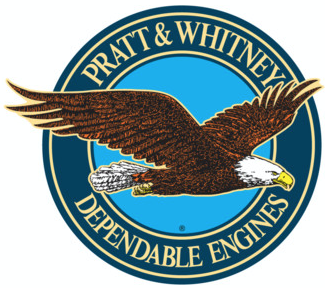
Jackie Cochran flew the Gamma in the 1935 Bendix Trophy Race, but, approaching severe weather over the Grand Canyon, landed the airplane and did not finish the race.
The official ownership history of the Gamma is murky. The original application for a Department of Commerce Aeronautics Branch license specified the owner as The Northrop Corporation. On 4 January 1935, Northrop’s registration was cancelled by the Department of Commerce because, “Aircraft not inspected for relicensing.”
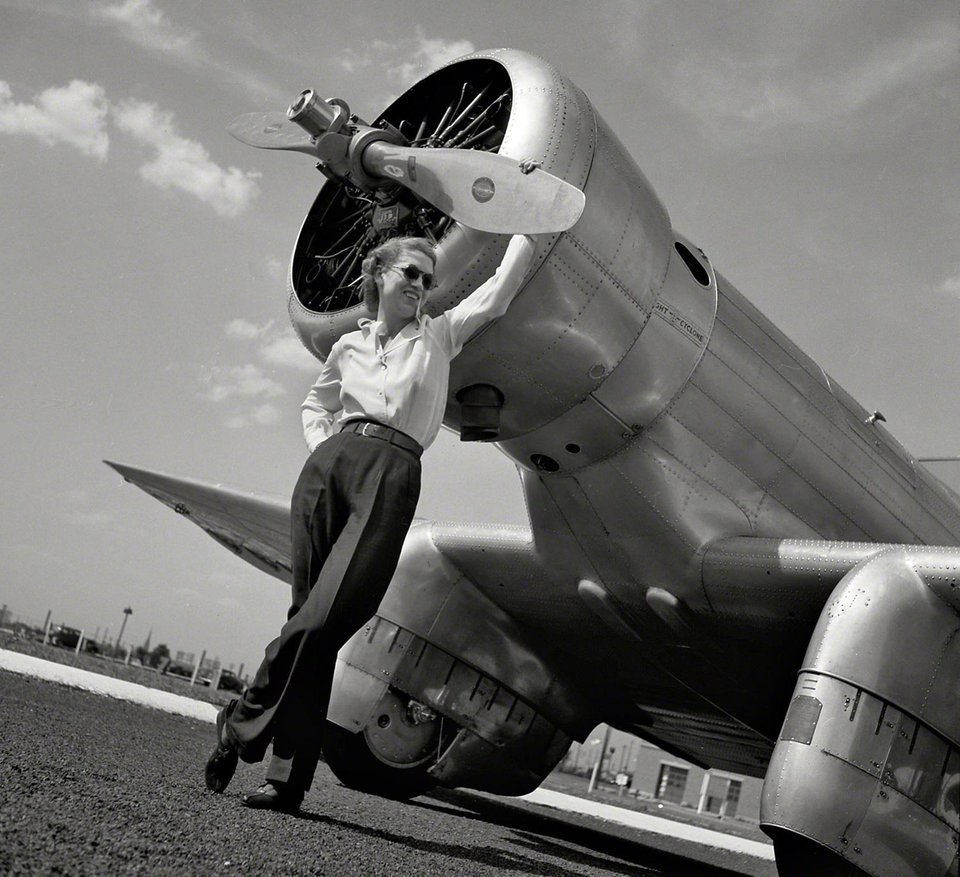
When Jackie Cochran requested registration in her name, she failed to submit a Bill of Sale with her application. After repeated written requests by the Bureau of Air Commerce to submit a bill of sale went unanswered, her application for a restricted registration for the airplane was cancelled, 9 January 1936. J Carroll Cone, Assistant Director of Air Commerce (Air Regulation) informed her in writing: “The status of this aircraft is unlicensed and unidentified, according to our records. Any operation thereof would be in violation of the Air Commerce Regulations and subject the offender to the civil penalty provided therefor.”
Finally, a Bill of Sale from The Northrop Corporation, dated 30 November 1935, was provided to the Aeronautics Bureau. It said that Northrop had sold the airplane to Cochran, “for and in consideration of ten dollars ($10.00)”.
Meanwhile, Howard Hughes had seen the Gamma and wanted to buy it. Jackie Cochran tells how Howard Hughes acquired the airplane:
One night about 11:30 I was exhausted in my hotel room and the telephone rang. . .
“Jackie,” the voice says, “this is Howard.”
“Howard who?” I say, still sleepy and getting frustrated.
“Howard Hughes,” the man says.
“Howard who?” I ask again.
“Howard Hughes,” he repeats.
. . . We argued about who he was a bit more. Finally, he says, “I want to buy your airplane.”
I’m thinking that this is an incredible conversation. “It’s not for sale, Howard,” I reply. “I’m going to fly it in the Bendix.”
“I don’t want to fly it in the Bendix,” he answers. “I want to fly it cross-continental.”
“So do I,” I say.
Howard Hughes and I negotiated over the Northrop Gamma for about four weeks. . . Howard wanted my Northrop so badly, but it would break my heart to consider handing over my rights to it. . . when he offered to rent it, with an option to buy, I caved in. . . .
— Jackie Cochran: An Autobiography, by Jacqueline Cochran and Maryann Bucknum Brinley, Bantam Books, New York, 1987, at 152–153.
When Hughes took possession of the Gamma 2G, he had the Pratt & Whitney engine replaced with a 1,823.129 cubic-inch (29.785 liter) Wright Cyclone SGR-1820-G5 nine-cylinder radial engine, and a three bladed-Hamilton Standard constant-speed propeller with a diameter of 11 feet, 3 inches (3.429 meters). The engine used a bell-shaped cowling similar to that of Hughes’ H-1 Racer. The engine had a Normal Power rating of 830 horsepower at 2,100 r.p.m to 4,300 feet (1,311 meters), and 930 horsepower for Takeoff. This engine did not yet have government certification. Three additional fuselage tanks were installed, increasing the Gamma’s fuel capacity to 690 gallons. Hughes did not submit the Gamma for Department of Commerce inspection and licensing. It was not approved in the new configuration.
Jackie Cochran took the Gamma back from Hughes and had the Twin Wasp Jr. reinstalled, and submitted a new application for registration 31 March 1936. This was approved 28 April 1936, and the Gamma received a restricted registration, NR13761. It was damaged beyond repair after an emergency landing, 10 July 1936.

¹ FAI Record File Number 13237
² With Northrop unable to repair the airplane in time for the MacRobertson Race, at the last minute Jackie Cochran entered with a different airplane (a Granville Brothers Gee Bee R-6H).
© 2017, Bryan R. Swopes
